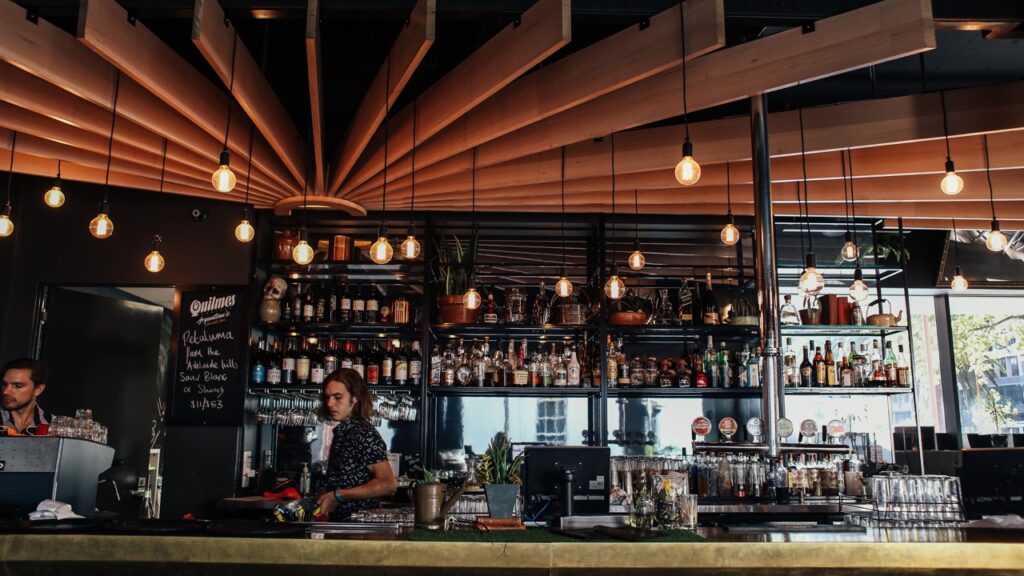
No doubt, using digital analytics and insights in the Foodservice market can create a palpable difference in branding tactics, marketing strategies, and resource optimization. As a data provider, staying up-to-date with the fast-changing consumer trends and patterns is only possible through analyzing volumes of available data. From generating sales leads to understand Foodservice market trends and uncovering competitors, detailed market analytics are required to gain full insight into the world of foodservice. Whether you wish to propel brand forward or spread expansive operations streamlining production innovation, utilizing data in the right manner and at the right time is the key.
To do that, it’s important to understand the Frequently Asked Questions (FAQs) regarding restaurant digital analytics. In this article, we will look into some of the most common queries about restaurant digital analytics. Let’s dive into the detailed understanding of the need for data and how to leverage it for maximum results.
What is the Need for Restaurant Digital Analytics?
Restaurant digital analytics enables restaurant owners to gain a better understanding of their customers need and preferences. With the wide variety of available food options, consumers today have the ability to choose the restaurant of their choice. Here, having a clear understanding of the changing customer needs and trends is crucial; as this will help restaurant owners build effective marketing and operations strategies.
The insights from analytics can help restaurant technology providers to design, build and launch powerful restaurant-focused product, equip sales team with data-driven insights and build effective marketing campaigns. They can also be used to identify the customer groups most likely to convert, as well as track competitor movements and create more effective market strategies.
Which Data Elements Does a Restaurant Analytic Platform Track?
Advanced restaurant analytics platforms provide access to a wide variety of data elements, including menu data, ingredient lists, pricing, nutritional information, recipes, customer demographics, transactions, and order information. These insights can be gathered from a range of sources, from internal POS systems to third-party foodservice market databases. With tools such as our Brizo restaurant analytics suite, restaurants can leverage comprehensive data from multiple sources.
What Types of Insights Can Restaurant Analytics Provide?
With restaurant digital analytics, restaurants, catering businesses, food manufacturers, and other foodservice industry professionals can gain valuable insights into menu trends, customer trends, marketing opportunities, and competitive intelligence. Through the insights provided by a comprehensive restaurant analytics platform, users can gain access to deep insights into the foodservice market such as restaurant customer preferences for different types of cuisines, emerging trends in menu offerings and pricing, and the effectiveness of different promotional strategies.
What is the Role of Data Enrichment in Restaurant Analytics?
Data enrichment is an important part of restaurant analytics. With data enrichment activities, businesses can augment their existing data with more detailed information or apply analytical techniques to enhance the value of the data. For example, data enrichment activities such as customer segmentation can be used to group customers into different profiles based on their purchasing behavior or customer loyalty. In addition, data enrichment activities can also be used to uncover key trends in the foodservice market, such as the most popular menu items or customer tastes.
Data enrichment also makes it easier to integrate different datasets to generate comprehensive insights. For example, combining menu data with customer feedback data can provide a more complete view of the customer experience.
What Tools and Technologies Are Used in Restaurant Analytics?
Today, restaurant analytics platforms leverage a range of tools and technologies to provide comprehensive market insights. These tools include predictive analytics, natural language processing (NLP), machine learning, sentiment analysis, and more.
Predictive analytics is used to forecast customer purchase behavior, allowing restaurants to anticipate consumer trends and tailor operations to meet their needs. NLP helps build customer profiles and identify patterns in customer behavior. Machine learning is used to automate tasks and uncover new patterns in customer behavior. Sentiment analysis is used to measure customer sentiment and feedback.